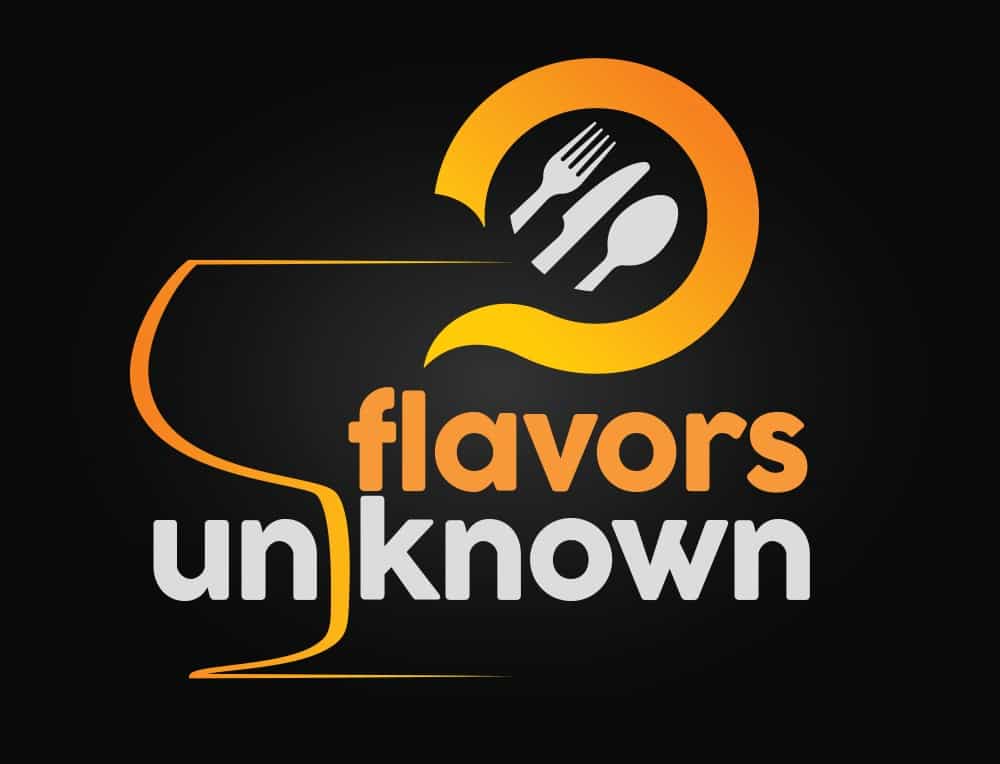Blue Matcha is a unique and visually striking ingredient that has been gaining popularity in the food and beverage industry in the United States. This vibrant blue-colored green tea has been making appearances on menus in restaurants and bars across the country, adding a pop of color and a subtle flavor to a variety of dishes and drinks.
I'd like to share a potential educational resource, “Conversations Behind the Kitchen Door”, my new book that features dialogues with accomplished culinary leaders from various backgrounds and cultures. It delves into the future of culinary creativity and the hospitality industry, drawing from insights of a restaurant-industry-focused podcast, ‘flavors unknown”. It includes perspectives from renowned chefs and local professionals, making it a valuable resource for those interested in building a career in the culinary industry.
Get the book here!
Blue Matcha versus Butterfly Pea Flower
Blue Matcha is a type of green tea that has been dyed blue using food coloring or natural plant pigments. It is not a traditional type of green tea and its origins are somewhat unclear. It is used in a variety of food and beverage recipes and is known for its vibrant blue color.
Butterfly pea flower, also known as Clitoria ternatea, is a plant native to Southeast Asia. The flowers of this plant are a deep blue color and are often used as a natural food coloring in a variety of dishes and drinks. In addition to its coloring properties, butterfly pea flower is also sometimes used for its supposed health benefits, such as improving cognitive function and reducing anxiety.
Both Blue Matcha and butterfly pea flower can be used as a natural food coloring in a variety of dishes and drinks. They can also be used to add a subtle flavor to recipes. However, it is important to note that Blue Matcha is a type of green tea, so it will have a slightly different flavor than butterfly pea flower.
Recipes using Blue Matcha
Here are three recipes that use Blue Matcha as an ingredient:
Savory dish: Blue Matcha Soba Noodles
Cook soba noodles according to package instructions and drain.
In a small bowl, mix together 1 tsp Blue Matcha powder, 1 tbsp soy sauce, 1 tbsp mirin, and 1 tsp sugar.
Heat a little oil in a pan and add 1 diced garlic clove and 1 sliced scallion. Cook for 1 minute, then add the sauce mixture and simmer for another minute.
Add the cooked soba noodles to the pan and toss to coat with the sauce. Serve hot.
Dessert or ice cream: Blue Matcha Ice Cream
In a medium saucepan, heat 1 1/2 cups heavy cream, 1 1/2 cups whole milk, and 1/2 cup sugar over medium heat until hot, but not boiling.
In a small bowl, whisk together 1/4 cup heavy cream and 2 tsp Blue Matcha powder. Add the mixture to the saucepan and stir until well combined.
Remove the saucepan from the heat and let it cool for a few minutes, then pour the mixture into a blender and blend until smooth.
Pour the mixture into an ice cream maker and churn according to the manufacturer's instructions. Transfer the ice cream to a container and freeze until firm.
Craft cocktail: Blue Matcha Mojito
In a small bowl, mix together 1 tsp Blue Matcha powder and 1 tsp sugar.
In a cocktail shaker, combine 1 oz white rum, 1/2 oz Blue Matcha sugar syrup, 1 oz fresh lime juice, and a handful of mint leaves.
Add ice and shake well. Strain the mixture into a glass filled with ice and top it with a splash of club soda. Garnish with a sprig of mint. (recipe created by A.I.)
Cocktail recipe with Blue Matcha
Blue Matcha Ginger Collins:
In a small bowl, mix together 1 tsp Blue Matcha powder and 1 tsp sugar.
In a cocktail shaker, combine 1 1/2 oz gin, 1 oz Blue Matcha sugar syrup, 1 oz fresh lemon juice, 1/2 oz simple syrup, and a few slices of fresh ginger.
Add ice and shake well. Strain the mixture into a glass filled with ice.
Top with a splash of club soda and garnish with a slice of lemon and a sprig of mint.
This refreshing cocktail combines the unique flavor of Blue Matcha with the spicy kick of ginger and the bright citrusy flavor of lemon. The addition of club soda gives it a light and effervescent finish. Enjoy! (recipe created by A.I.)
10 examples of ingredients that pair well with Blue Matcha
Here are ten examples of ingredients or flavors that can be paired with Blue Matcha:
Citrus: Orange, lemon, and lime are all complementary flavors to Blue Matcha and can be used to add a bright and refreshing note to drinks and desserts.
Berries: Blueberries, raspberries, and blackberries all pair well with Blue Matcha and can be used to add a fruity flavor to smoothies and ice cream.
Chocolate: Blue Matcha and chocolate make a delicious combination, particularly in baked goods such as cookies and brownies.
Ginger: Ginger adds a spicy kick to Blue Matcha and can be used to add depth of flavor to drinks and desserts.
Mint: Mint pairs well with Blue Matcha and can be used to add a refreshing and aromatic note to drinks and desserts.
Coconut: Coconut pairs well with Blue Matcha and can be used to add a tropical flavor to smoothies and ice cream.
Nuts: Nuts such as almonds, pistachios, and cashews pair well with Blue Matcha and can be used to add texture and flavor to baked goods and desserts.
Honey: Honey pairs well with Blue Matcha and can be used to sweeten drinks and desserts.
Vanilla: Vanilla pairs well with Blue Matcha and can be used to add a rich, creamy flavor to drinks and desserts.
Sesame: Sesame pairs well with Blue Matcha and can be used to add a nutty flavor to drinks and desserts.






